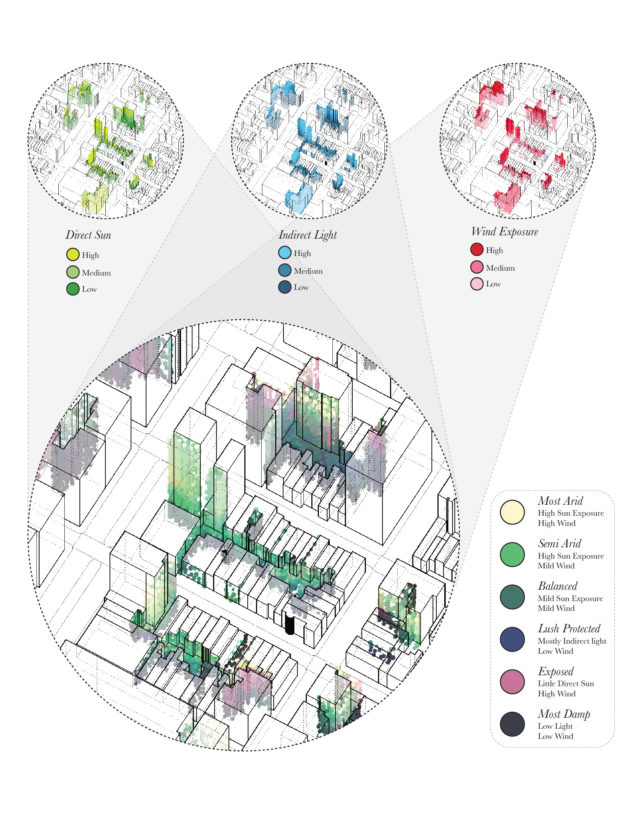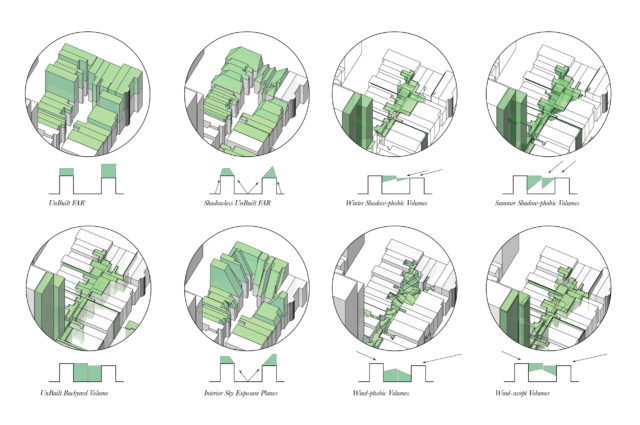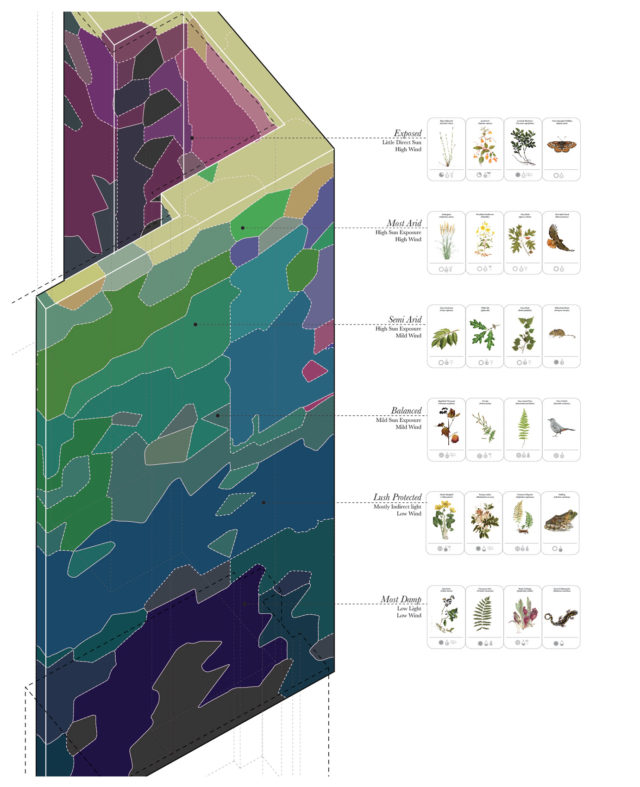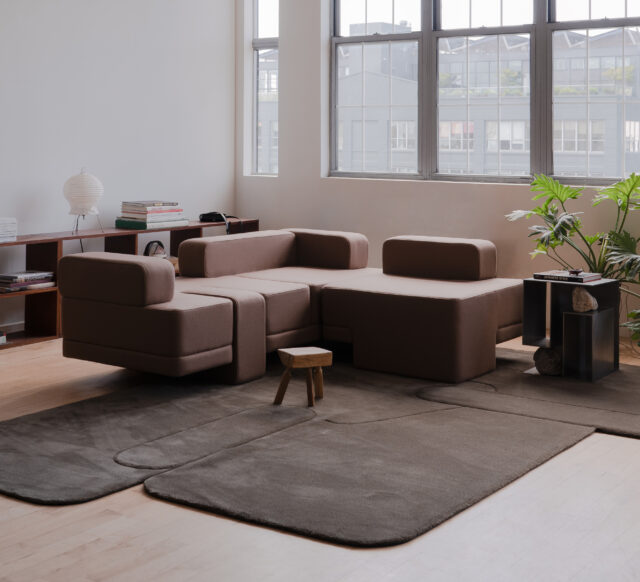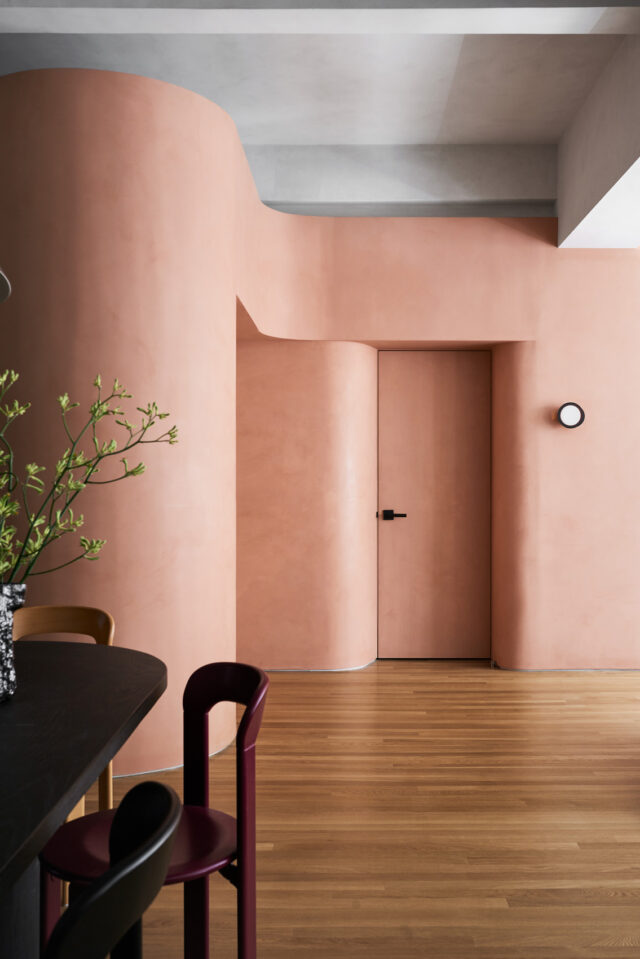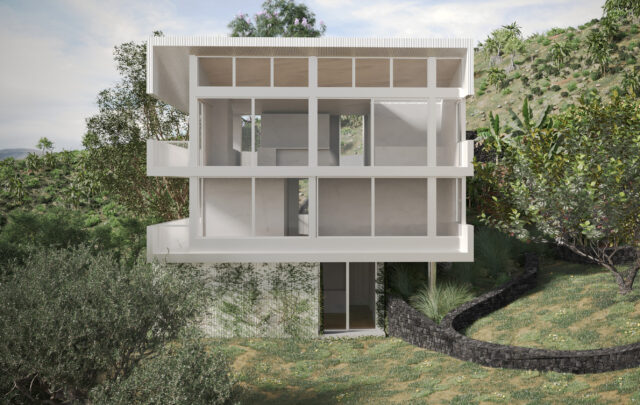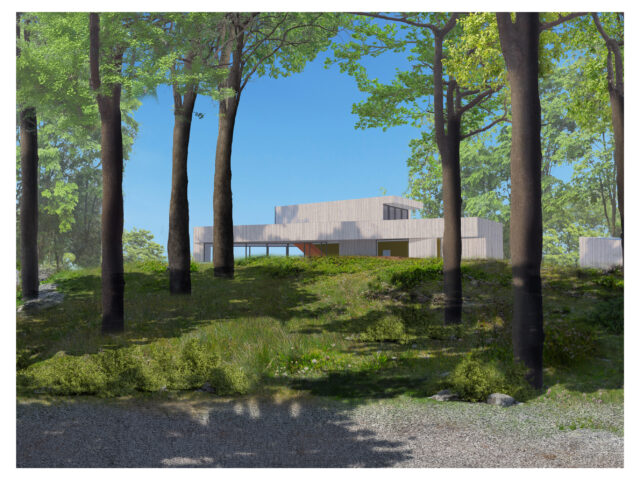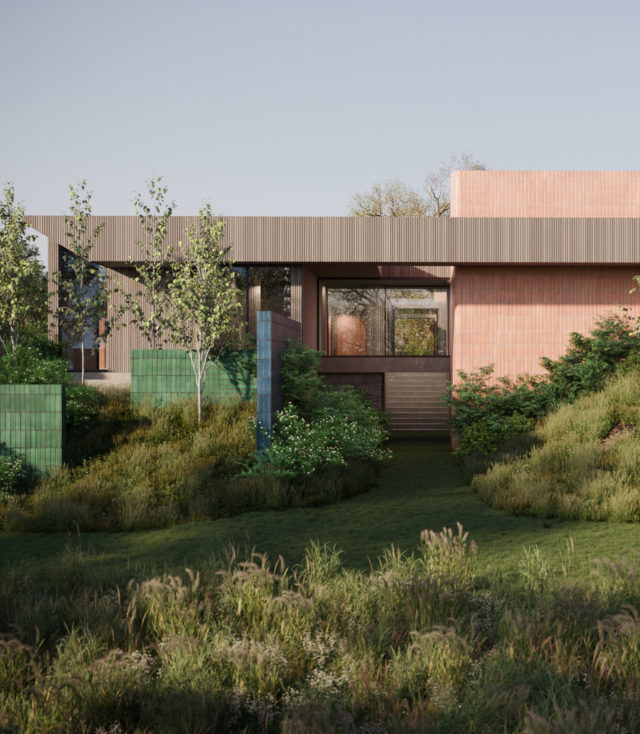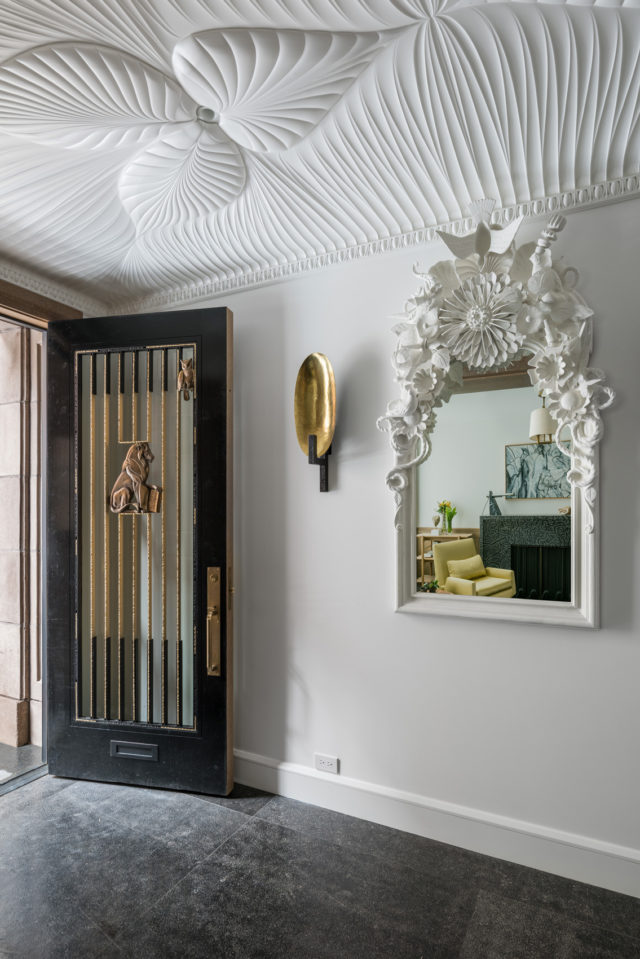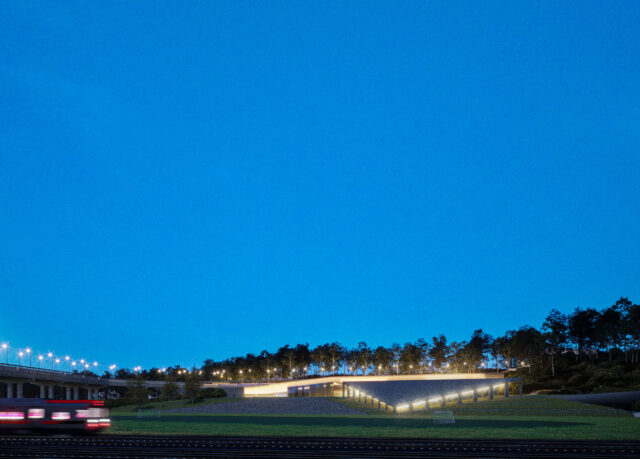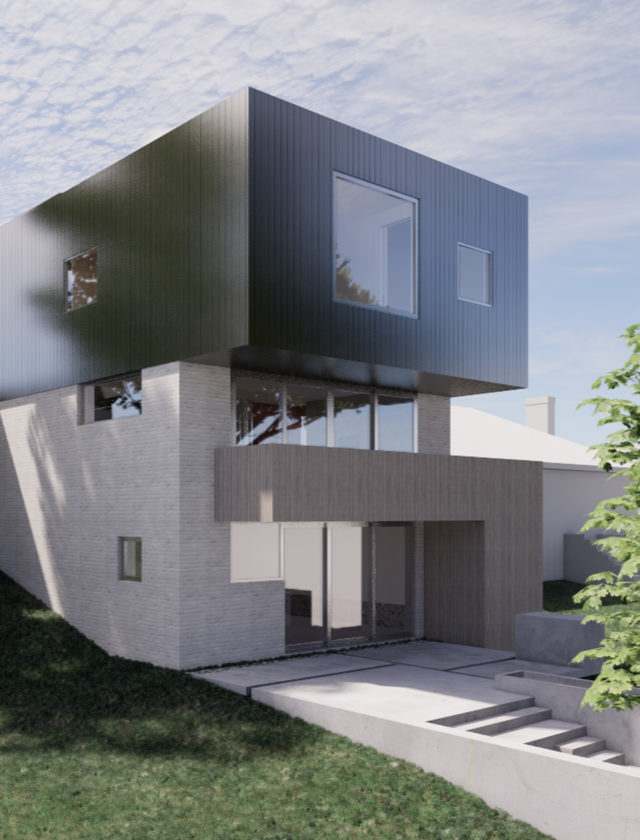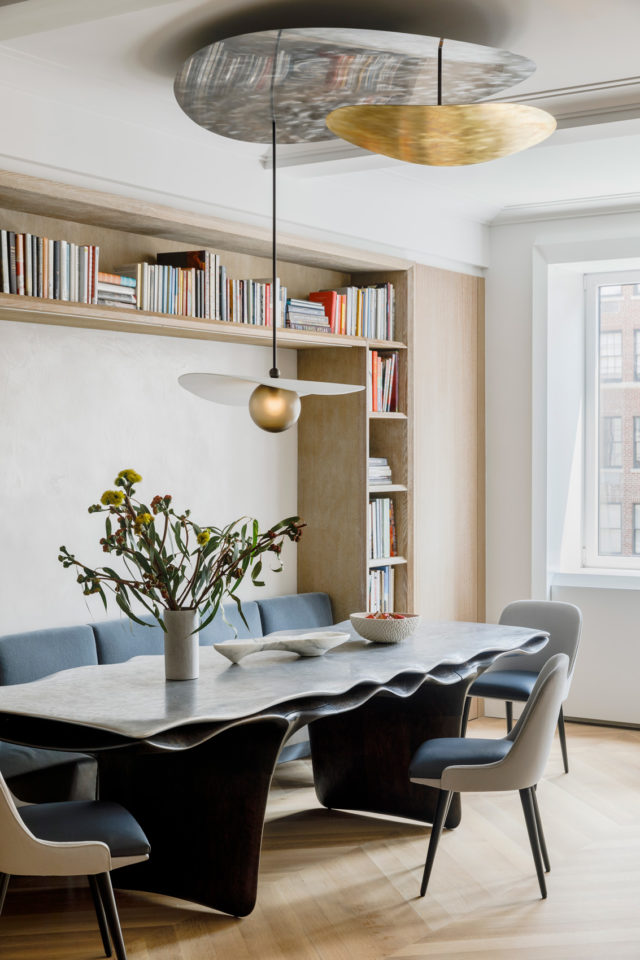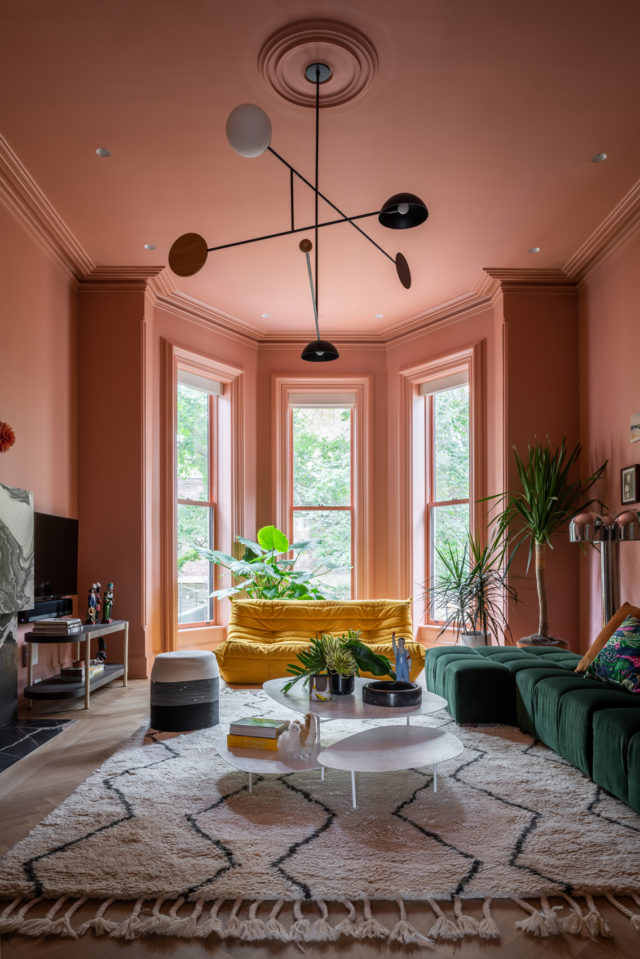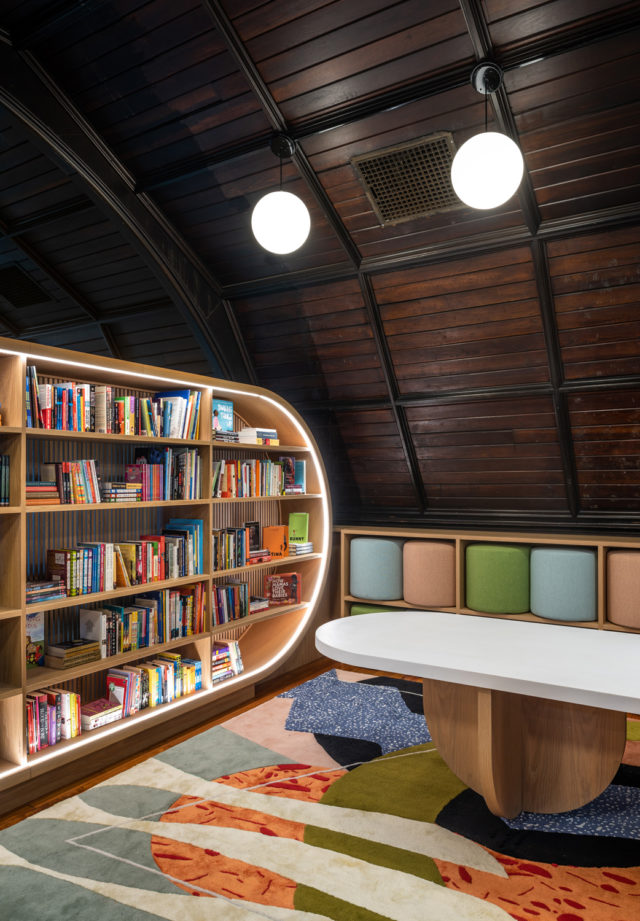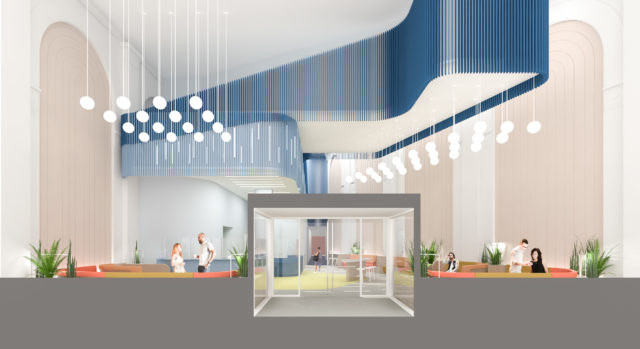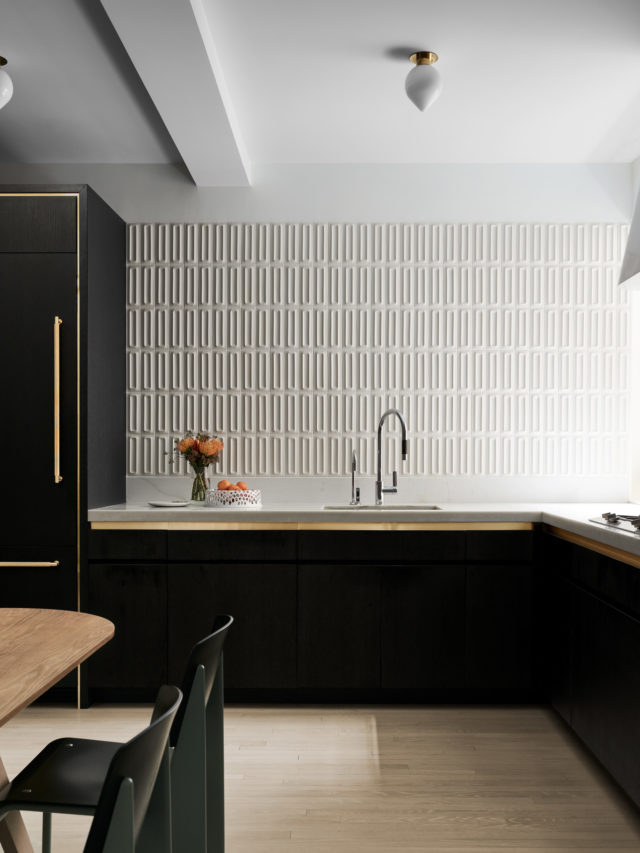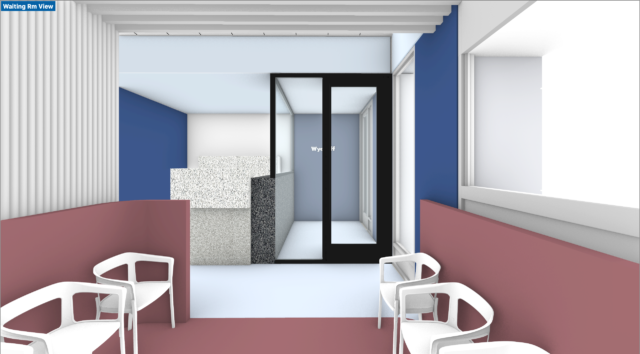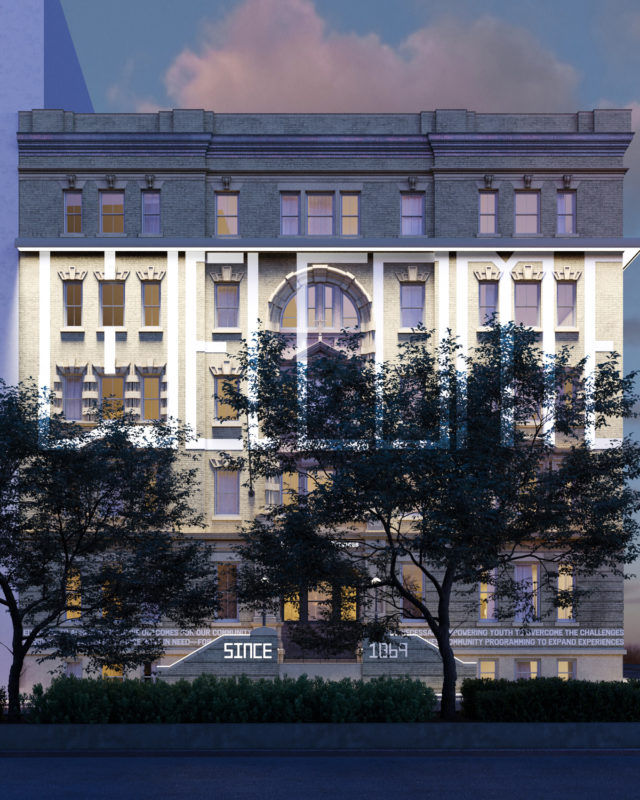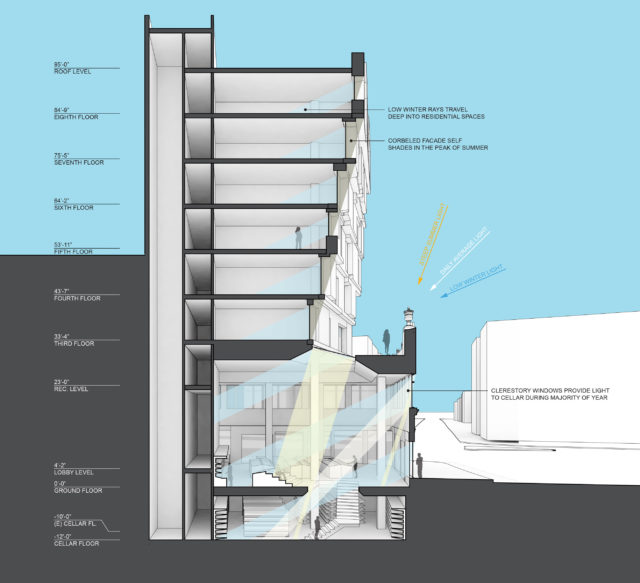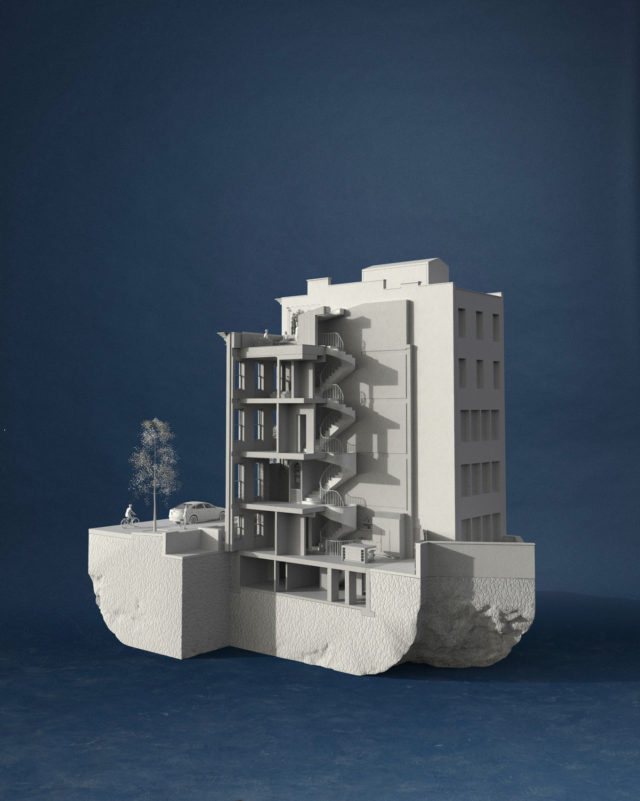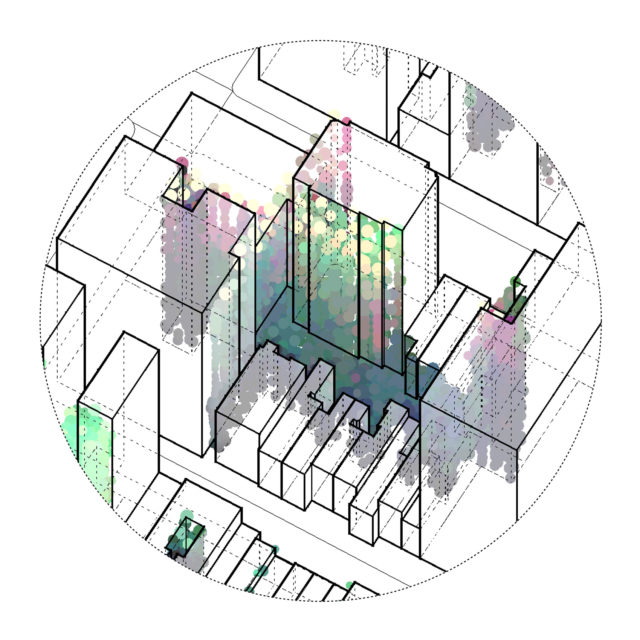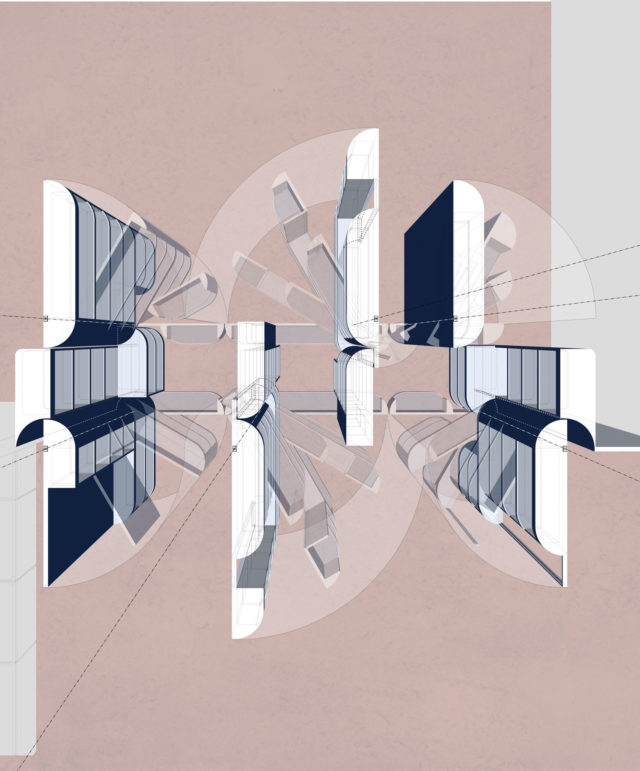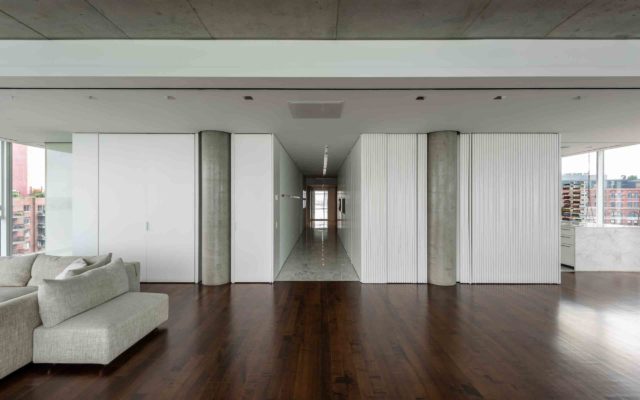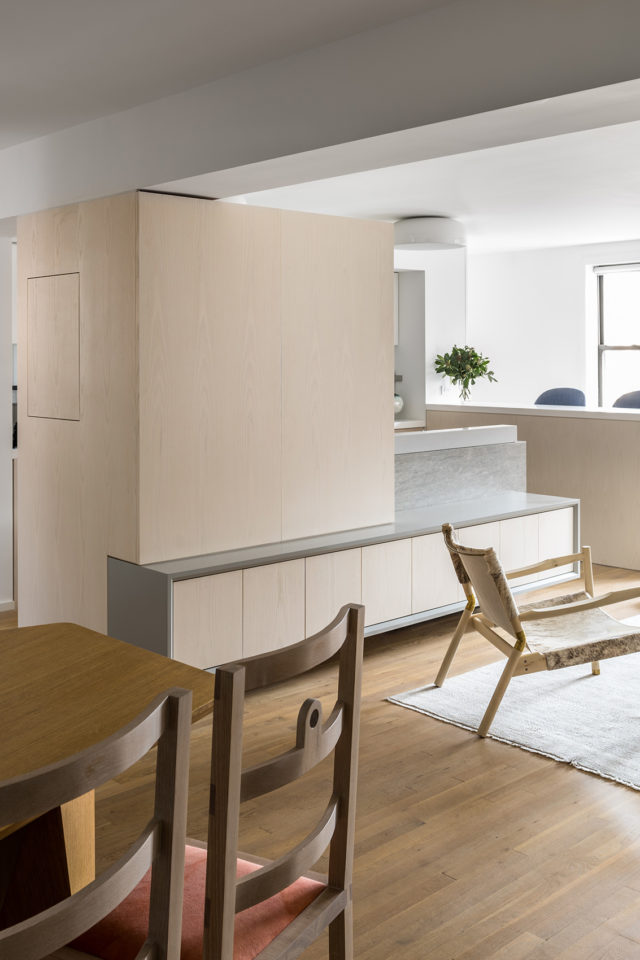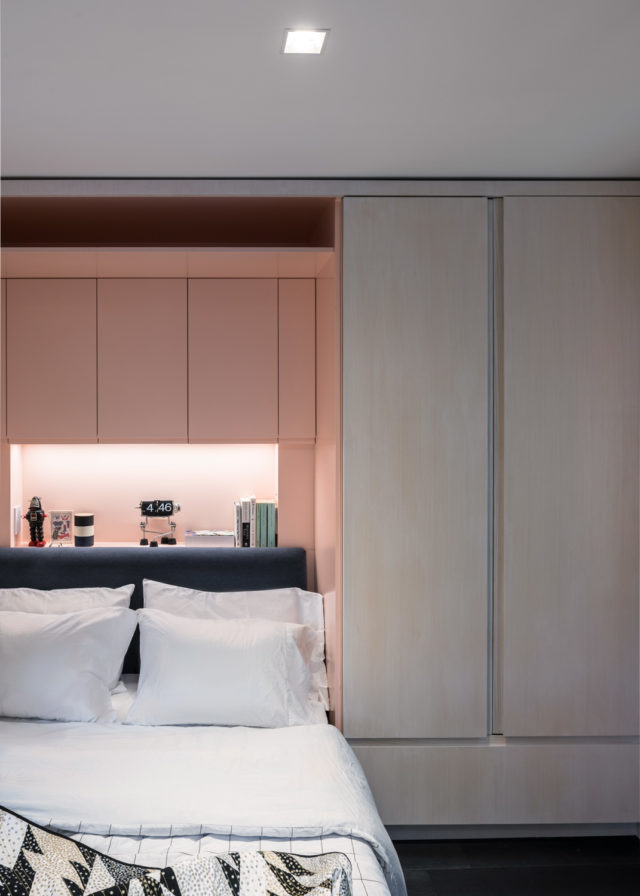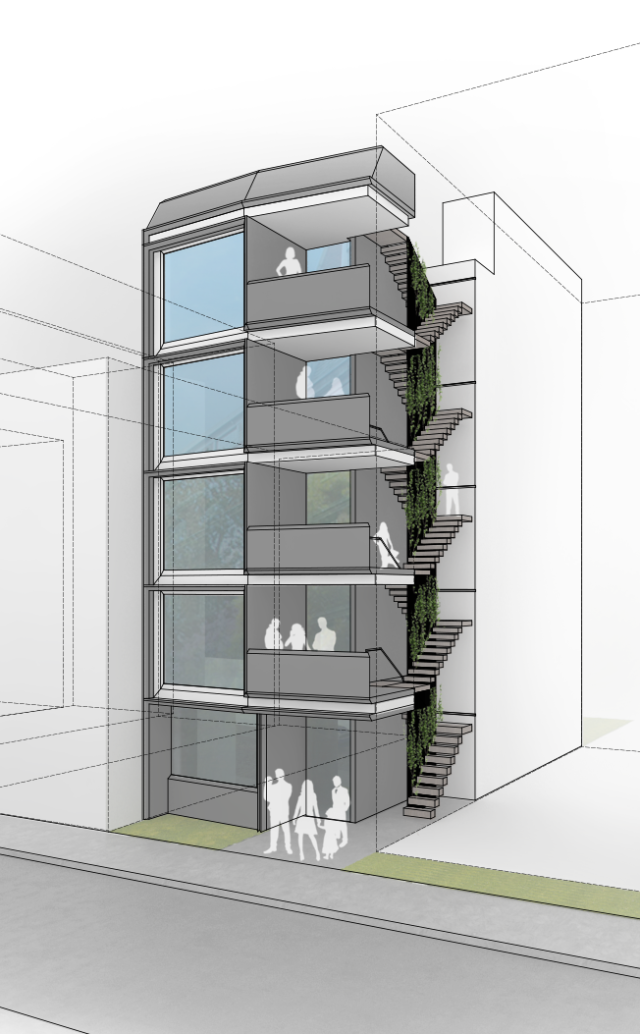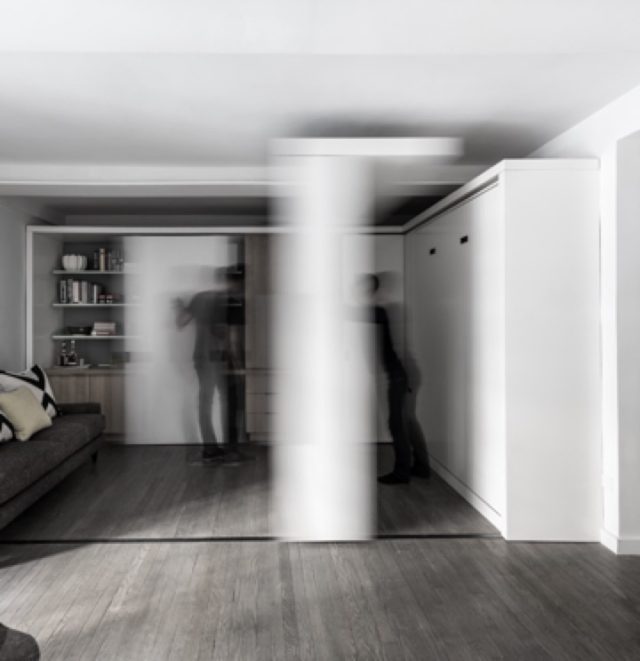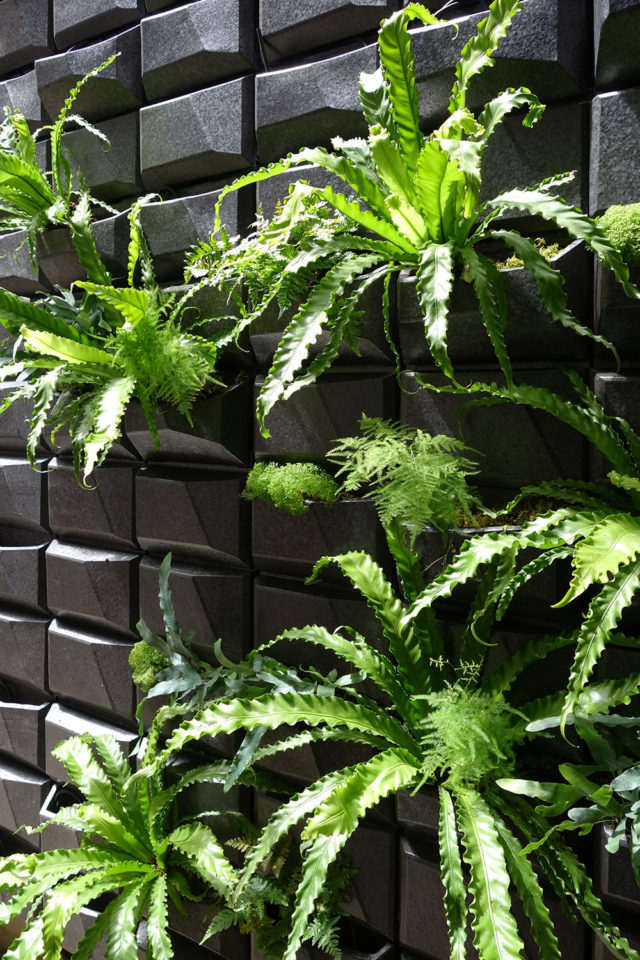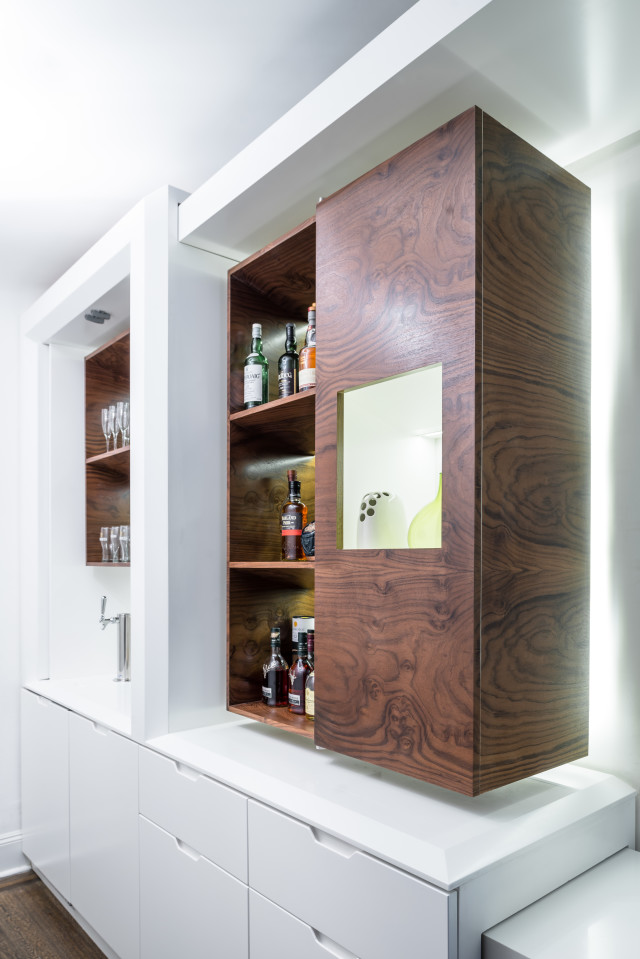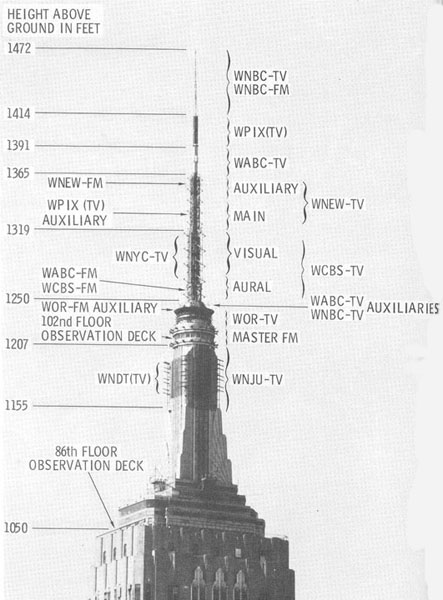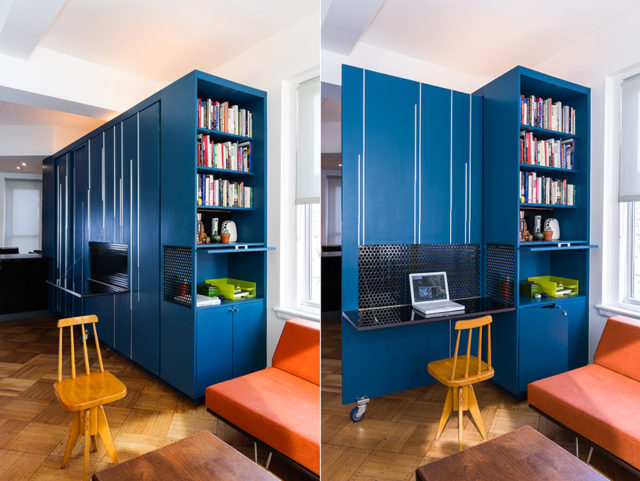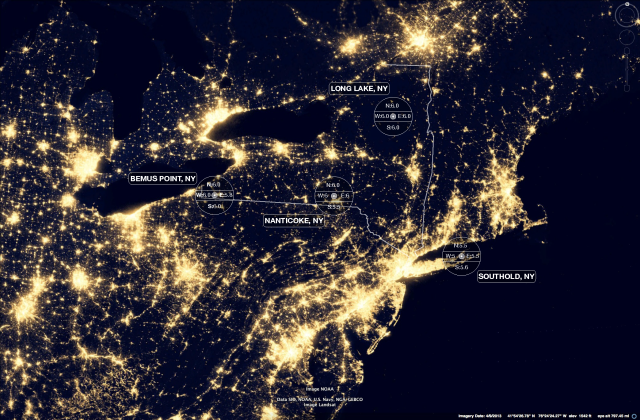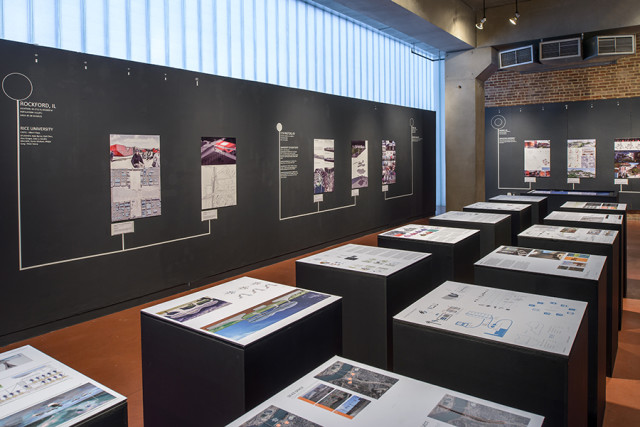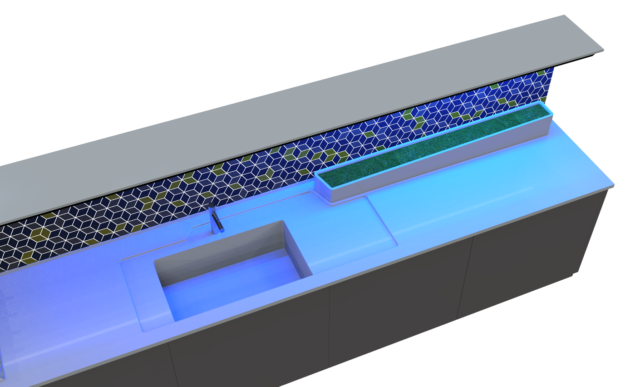At MKCA, we are passionate about the potential that design can play in positively impacting the effects and underlying causes of climate change. That said, the framework for thinking about how cities can engage the climate in positive and affirmative ways is often explored through the lens of infrastructure, open space, and other forms of public space and public works.
Biodiversity City is an examination of urban built form and its intrinsic ecological potentials, explored through visualizations and design speculations. At its heart, it is an effort to establish a framework for individual owners and urban dwellers to positively engage these issues in their own spaces and buildings, especially through an understanding of the relationship between future private development and its ability to respond to and impact ultra local climatic condition that can positively influence urban biodiversity and ecological conservation.
An ongoing research project by MKCA, this initiative is being developed through maps, informational drawings, texts, and physical models, as well as searchable, and actionable planning and zoning data, all of which will be made publicly available. The ambition of the project is to establish a critical, methodological, and technical framework for understanding how design for biodiversity can be a significant factor in contemplating the future planning, development, and architecture of the City.
